School Days
Robert Allen Zimmerman's school grades and dates
First ....................1947-1948 (aged 6yrs on entry)
Second ...............1948-1949 (aged 7yrs on entry)
Third ...................1949-1950 (aged 8yrs on entry)
Fourth .................1950-1951 (aged 9yrs on entry)
Fifth .....................1951-1952 (aged 10yrs on entry)
Sixth ...................1952-1953 (aged 11yrs on entry)
Seventh .............1953-1954 (aged 12yrs on entry)
Eighth .................1954-1955 (aged 13yrs on entry)
Ninth ...................1955-1956 (aged 14yrs on entry)
Tenth ..................1956-1957 (aged 15yrs on entry)
Eleventh ............1957-1958 (aged 16yrs on entry)
Twelfth ...............1958-1959 (aged 17yrs on entry)
____________________________________________________________________________________


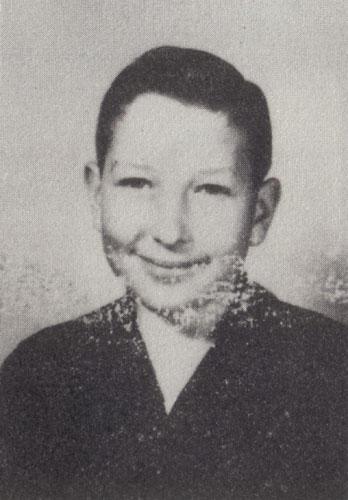
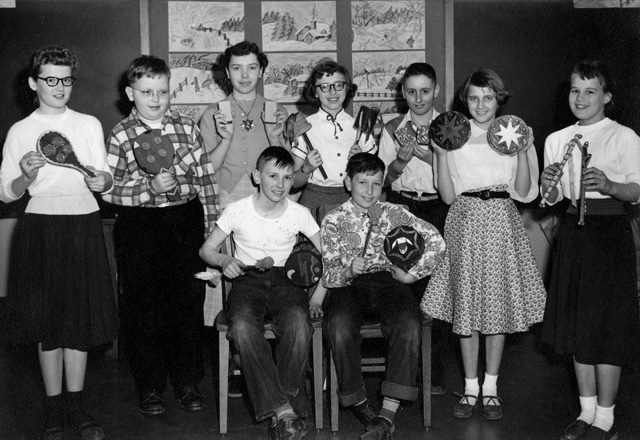
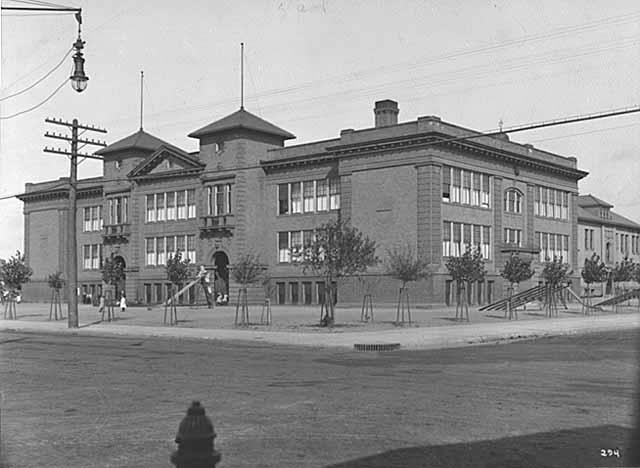
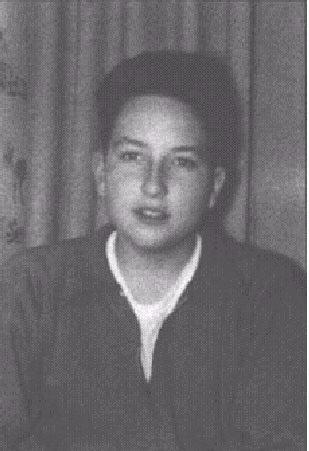
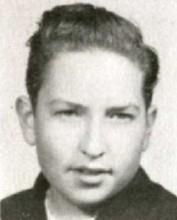

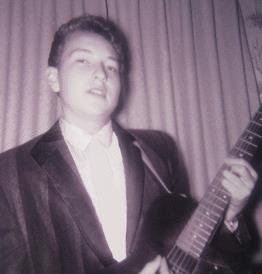
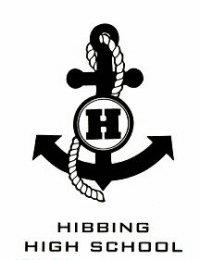
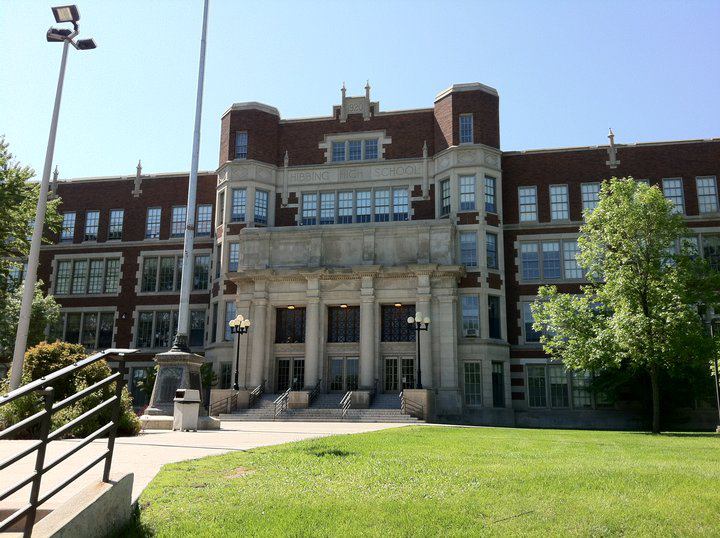
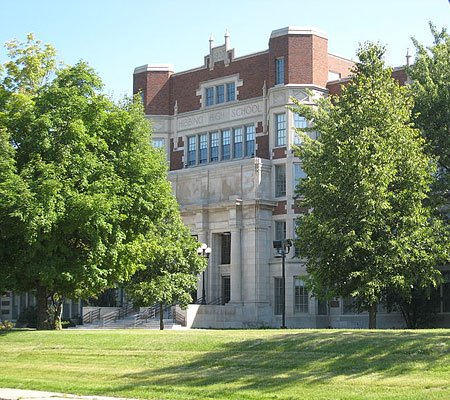


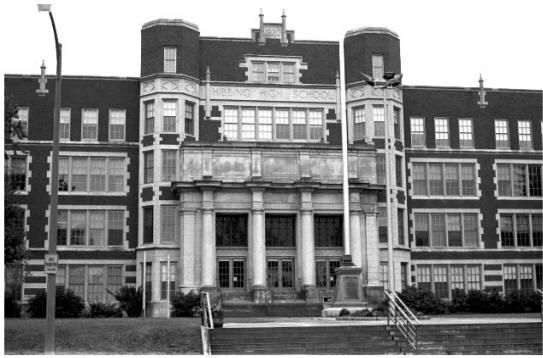


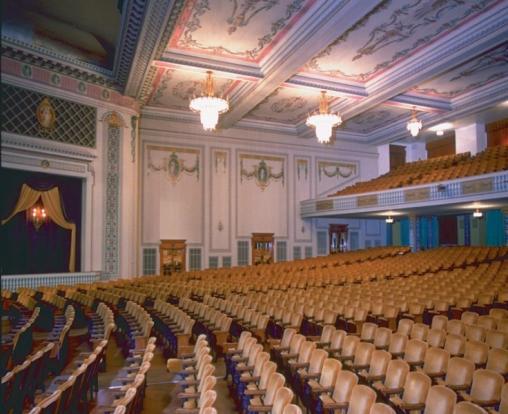
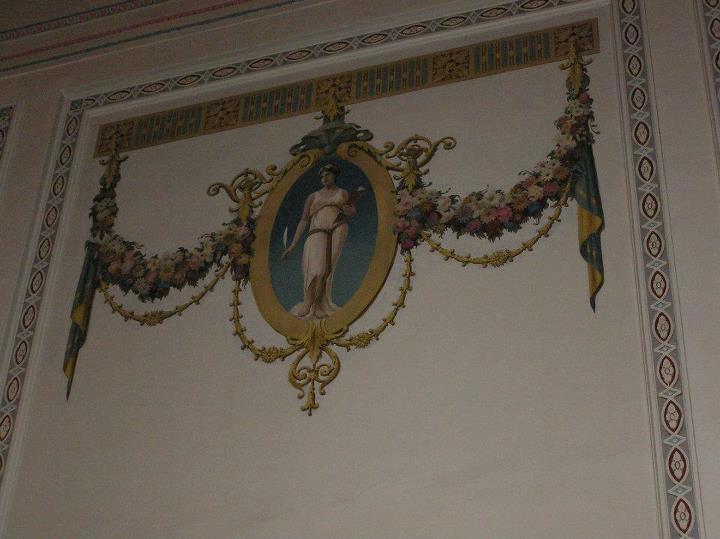
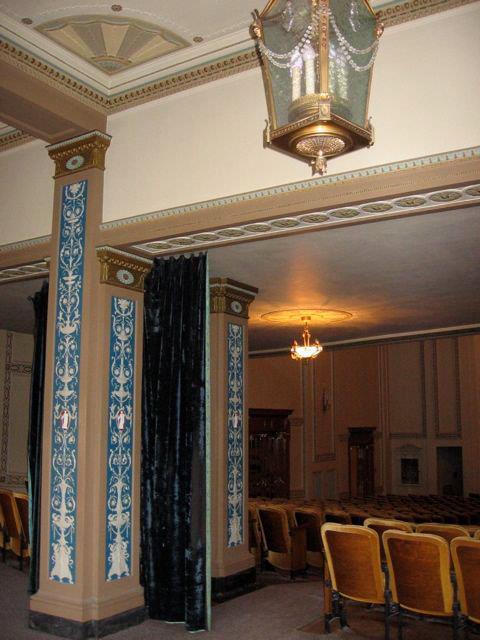
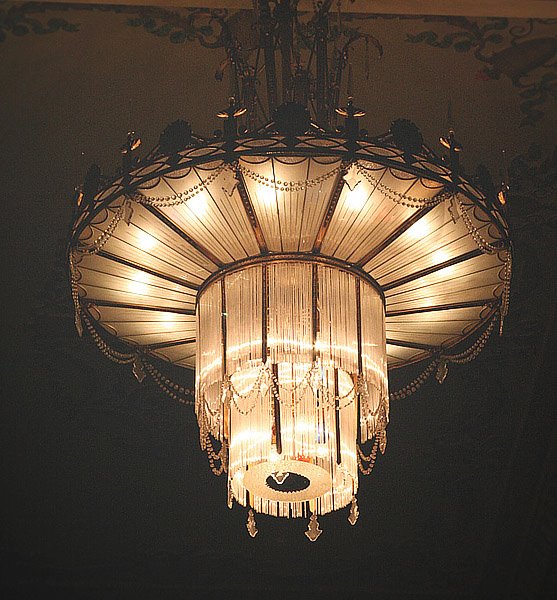


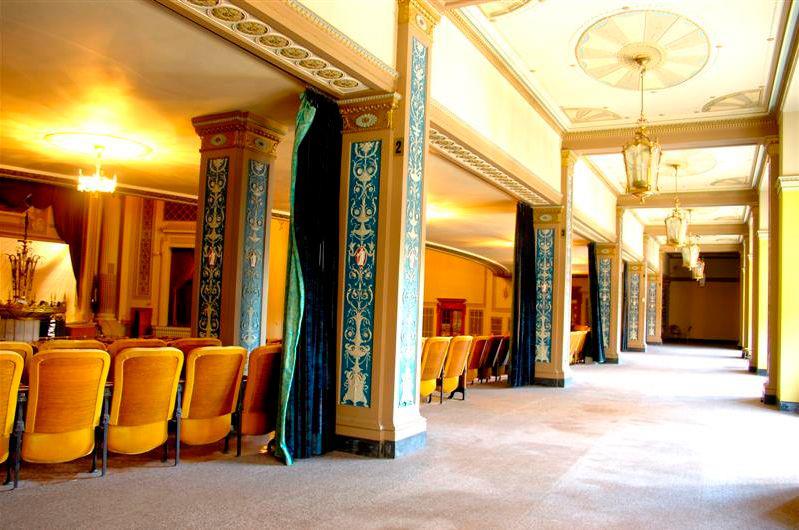
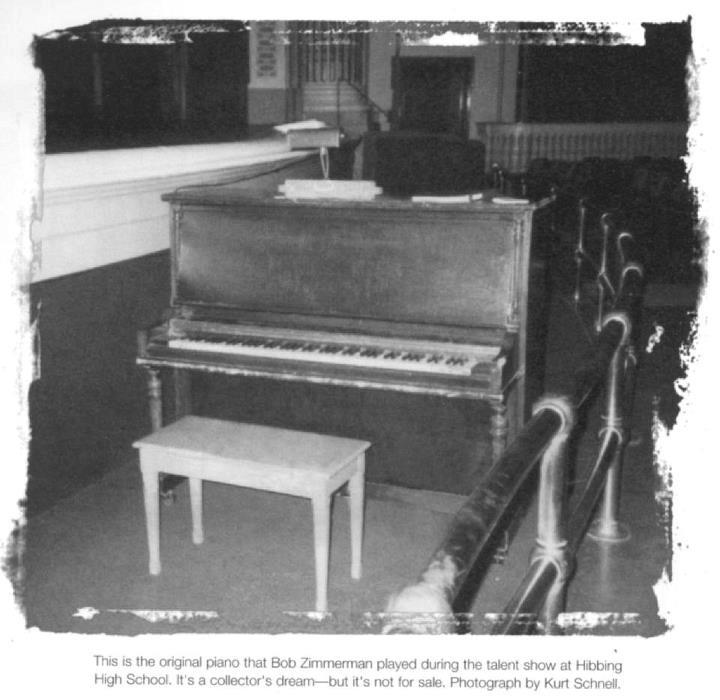
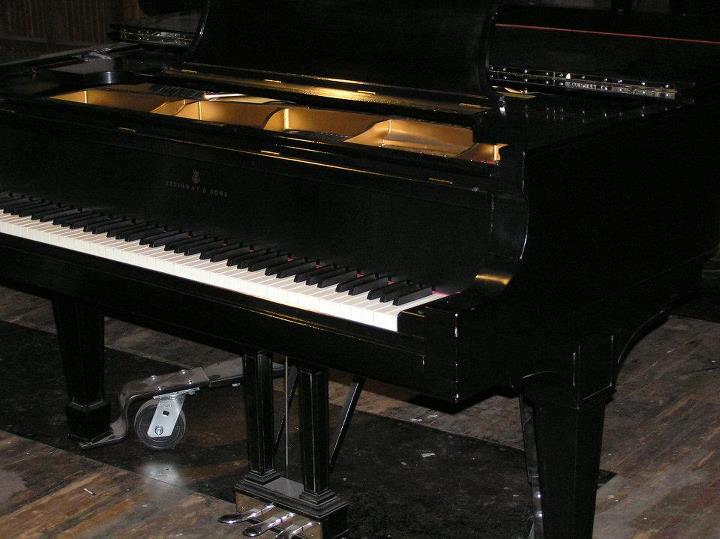

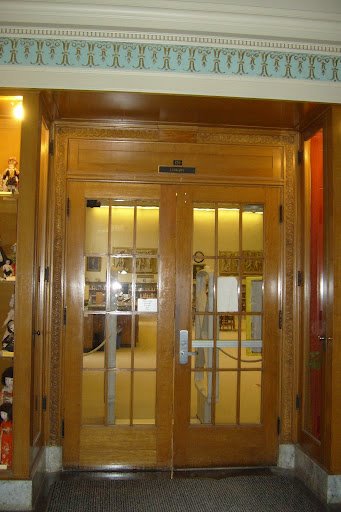
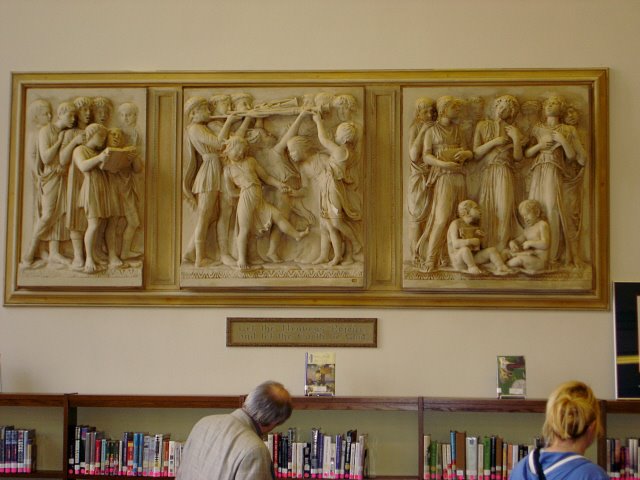
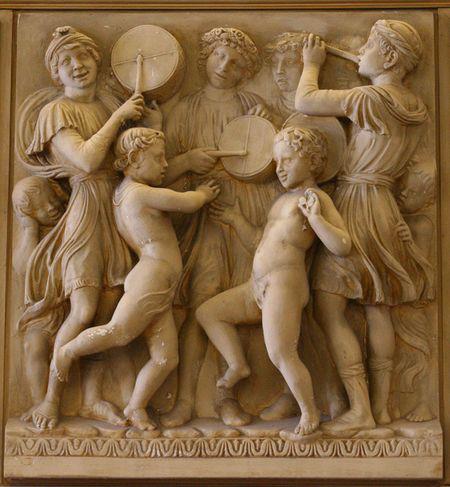
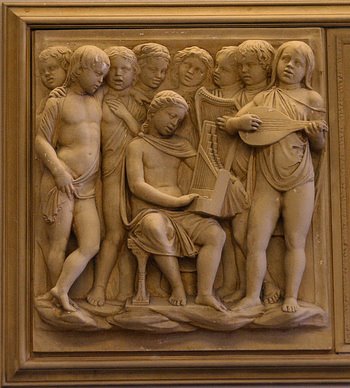
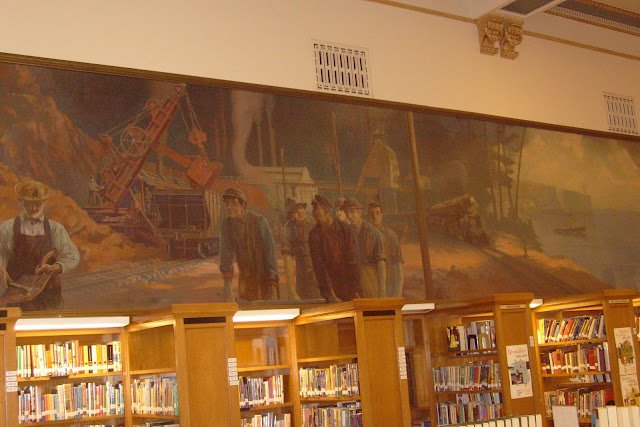
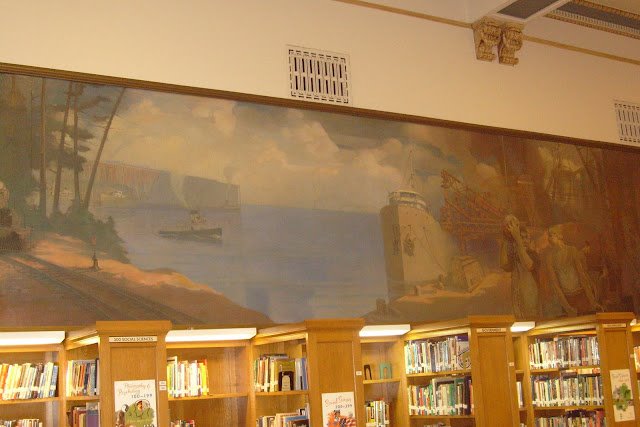
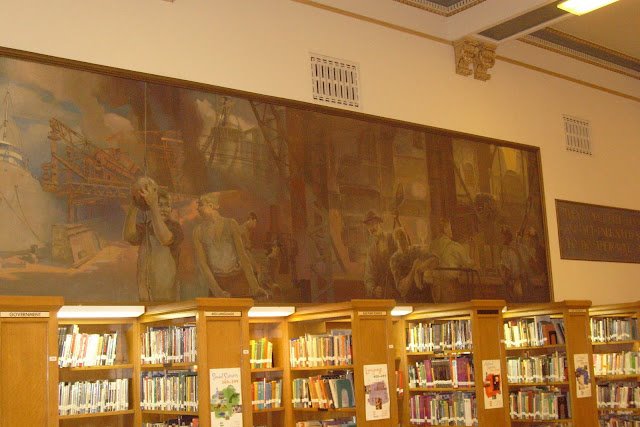


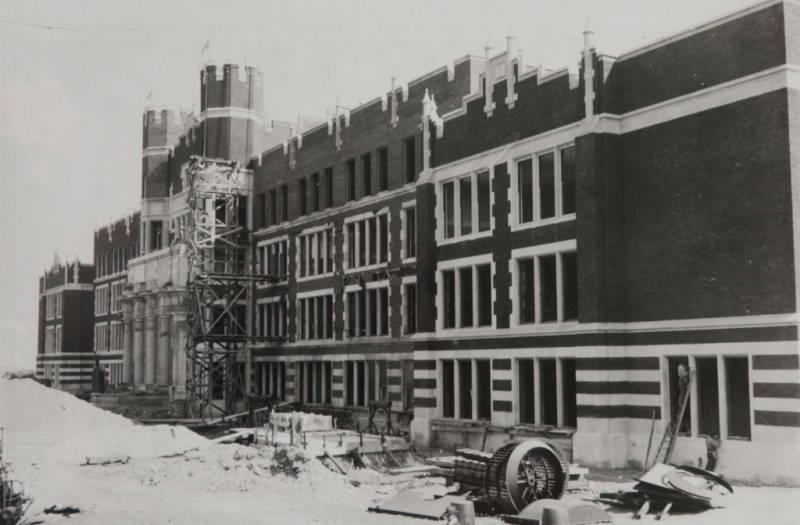
 | Alice School2300 2nd Avenue East Bob went here for grade one. It was torn down to become a parking lot, with part of the land used for a playground.
Bob Zimmerman in grade one at Alice School.
Bob Zimmerman, 1952.
Bob Zimmerman, 12 years old, 6th grade, Washington School, 1953.Or is it? Bob Zimmerman had Kindergarten in Duluth at the Nettleton Elementary School— 108 East 6th Street, Duluth, MN 55805 (1st Avenue East and Sixth Street). Then in Hibbing he attended Grade 1 at the Alice School and then Grade 2-12 at Hibbing High School. So the published sources which say this is Washington School are wrong. Unusually Hibbing High School had Kindergarten to Grade 12 classes. The graduating class of 1962 was the last to have people attend all grades from Kindergarten to Grade 12. So from 1950 it was being phased out. -- Sue Kanga Chaffee Usually people called the school Hibbing High School for all grades, occasionally it was called Hibbing High Junior High [sic] and in conversation The Junior High.
Washington School, Hibbing.Not all sources suggest Bob Zimmerman attended the Washington School. This is the original building, a new building, Washington Elementary School, was built in 1956. MS2.9 HB5.2 p1 88266
Bob Zimmerman, 1956.
Bob Zimmerman, 1957
Bob Zimmerman, 1957-1958
Hibbing High School, September 1958.This photograph was taken by Bob’s mother, Beatty, in Hibbing, and dated September 1958, a 17-year-old Bob is shown with his second electric guitar. Most more youthful rock’n’roll moments seem to have him on piano.We can say for certain from the photograph that this electric instrument is not a Fender (it’s sometimes been said that he owned a Fender in Hibbing)—and we can say that it isn’t his first electric, a $39 turquoise Silvertone bought mail-order from Sears Roebuck, but must be his second, a new Supro Ozark (a guitar Jimi Hendrix also had as a lad), bought at Mr. Hautala’s store in Hibbing at a knock-down $60 because Bob and his friend John Bucklen each bought one at the same time: and September 1958 is too late for him to be just acquiring the Silvertone. This is the picture of a boy who’s proud of having upgraded. In Minneapolis, Bob swaps his electric for an acoustic. From there he emerges as an acoustic playing folkie, and remains so until July 1965. Gray, Michael. The Bob Dylan Encyclopedia. New York: Continuum, 2006, 0826469337, page 285. "John Bucklen soon became the closest friend Bob had in Hibbing. He was six months younger than Bob, and a year below him in high school. His father, a disabled mine worker, was an accomplished musician who enjoyed a wide variety of music. His sister, Ruth, had a record player. The boys began to spend a lot of time at each other's houses, although Bucklen got the impression Abe may not have approved of the friendship as he seemed to frown upon most of Bob's friends. "During jam sessions with Bucklen, Bob mixed up snatches of pop tunes with song ideas of his own. The first song Bob invented was about actress Brigitte Bardot. Bob played his parents' white baby grand, and Bucklen accompanied him on guitar. Bucklen had a tape recorder and they recorded the sessions, interjecting juvenile humor and bits of hipster slang, as if making their own radio show. When they got tired of the game, they headed over to Crippa's where they could listen to records in the sound booths. On visits to see his relatives in Duluth and the Twin Cities Bob was able to visit bigger stores that stocked the race records he liked." Sounes, Howard. Down the Highway: The Life of Bob Dylan. New York: Grove Press, 2001, page 44-45. ==================== John Bucklen tape (1958)The Home of Bob Dylan 1. Hey Little Richard 2. Buzz, Buzz, Buzz (Gray/Byrd) 3. Jenny, Jenny (Johnson/Penniman/Crewe) 4. Blue Moon (Lorenz Hart/Richard Rogers) Zimmerman: This is Little Richard...(fakes wild crowd noises into microphone) ...Little Richard's got a lot of expression. Bucklen: You think singing is just jumping around and screaming? Zimmerman: You gotta have some kind of expression. Bucklen: Johnny Cash has got expression. Zimmerman: There's no expression. (sings in boring, slow and monotone voice): "I met her at a dance St. Paul Minnesota... I walk the line, because you're mine, because you're mine..." Bucklen: You're doing it wrong, you're just - <end of broadcast tape segment> Bucklen: What's the best kind of music? Zimmerman: Rhythm and Blues. Bucklen: State your reason in no less that twenty-five minutes. Zimmerman: Ah, Rhythm and Blues you see is something that you really can't quite explain see. When you hear a song Rhythm and Blues - when you hear it's a good Rhythm and Blues song, chills go up your spine... Bucklen: Whoa-o-o! Zimmerman: When you hear a song like that. But when you hear a song like Johnny Cash, whadaya wanna do? You wanna leave, you wanna, you - when you hear a song like some good Rhythm and Blues song you wanna cry when you hear one of those songs. <end of broadcast tape segment> After Jenny Take A Ride: Bucklen: Listen, man you gotta to do it a little bit faster than that. I mean I'm trying to cut a fast record here, that's right ... Zimmerman: I can't help it. Bucklen: I know it ain't slow but it's not fast enough too. Zimmerman: Whadaya talking about, man, that's plenty fast! Bucklen: No, it isn't. Zimmerman: That'll sell - that'll sell (clicks fingers) just like that - ten million in a week! Weeeeeeeeeeeeeeeeeeeeeeeeeeeelllll! (plays first note on piano) Bucklen: What are you trying to do man, coming in with 'weeelll' like that? I mean .... Zimmerman: Well that's for the new song and I'm starting another one. <end of broadcast tape segment> After Blue Moon: Zimmerman: Yeah, ah, Ricky Nelson. Now Ricky Nelson's another one of these guys. See Ricky Nelson, Ricky Nelson - Bucklen: Ricky Nelson is out of the question. Zimmerman: Well he copies Elvis Presley! Yeaah, it's perfectly... Bucklen: He can't do like Elvis Presley. Zimmerman: Well he can't sing at all, Ricky Nelson. So we may as well forget him. See I mean - I mean, ya know when you hear music like The Diamonds. For instance The Diamonds are really cool, they're out on the street really popular, really record [?], you know. So they're popular big stars but where, where do they get all the songs? You know they get all their songs, they get all their songs from little groups. They copy all the little groups. Same thing with Elvis Presley. Elvis Presley, who did he copy? He copied Clyde McPhatter, he copied Little Richard, ... Bucklen: Wait a minute, wait a minute! Zimmerman: ...he copied the Drifters Bucklen: Wait a minute, name, name, name four songs that Elvis Presley's copied from those, from those little groups. Zimmerman: He copied all the Richard songs - Bucklen: Like what? - Zimmerman: "Rip It Up", "Long Tall Sally", "Ready Teddy", err ... what's the other one... Bucklen: "Money Honey"? Zimmerman: No, "Money Honey" he copied from Clyde McPhatter. He copied "I Was The One " - he copied that from the Coasters. He copied, ahhh, "I Got A Woman" from Ray Charles. Bucklen: Er, listen that song was written for him. ----------------------------------------------- Jams/Rehearsals – mostly at the Zimmerman house (1957):(1) With John Bucklen: (a) Improvisations to Gene Vincent’s record: At Crippa's Howard Street music store, Bob grabs a Gene Vincent album. At Feldman's clothing store, they buy blue caps with little visors, like Vincent's boys wear in the movies. Back in Bob's room, they spin the record while John pretends to bang a guitar and Bob takes the part of the rockabilly rebel: Be bop a lula she's ma bay-ba...be bop a lula don't mean may-ba. (b) Recordings with piano backing: With John's Sears Silvertone tape recorder on Bob's piano, they attempt songs; Bob pounds chords and John kind of tinkles along on the higher keys. They mimic Stan Freberg, a popular comic who has parodied Elvis, Belafonte and "Sh-Boom." When they ad lib, the sessions can get raunchy. You ain't nothin' but a horehound. A couple of kids smoking, coughing, joking, laughing, screaming. "The Diarrhea Blues." Bob’s and John's voices are nearly indistinguishable. Next, it's John, singing Buddy Holly's "Peggy Sue." Briefly, lyrics fall into place, backed by Bob's four chord progression, now sounding vaguely like "Earth Angel" or something by the Turbins or Crests. Bob's voice is clear and almost sweet: I wanna rock-I wanna cry – I wanna rock-I wanna cry- Bob narrates, like Gatemouth. Jive talk. Blues. Dig the rebop, daddy-O. With Bucklen: Daddy Cool, Daddy Cool ... cool Daddy ... Daddy who? Daddy Cool! (A few lines to Barbara Hewitt who’d dumped Bob before anything had gotten started): I got a girl, she lives on a hill, she's my baby and I love her still. Barbara won't you come back to me? I need your lovin'. When he hammers into Little Richard, his voice becomes harsh and strained. Don't I sound just like Jerry Lee Lewis? (c) Recordings w/guitar backing: In Bucklen's bedroom, they record with acoustic guitar backing instead of piano. Long Tall Sally. Tutti Frutti. Jenny Jenny, Whooo. Jenny Jenny. Bob sings about his friend, LeRoy Hoikkala: Lee Roy—LEE Roy Engel, Dave. Dylan in Minnesota: Just Like Bob Zimmerman's Blues. Rudolph, Wisconsin: River City Memoirs-Mesabi, 1997, page 153 -
Hibbing High School
Hibbing High School
Hibbing High School
Hibbing High School
Hibbing High School -- Front Entrance.
Hibbing High School -- Hall.
Hibbing High School Fallout Shelter SignWell, I rung the fallout shelter bell
The 1800 seat auditorium is modeled after the Capitol Theater at 1645 Broadway just north of Times Square in New York City. "I talked with Mr. Peterson [Pederson], the principal, when he was in the nursing home and asked him if it was true that he had pulled the curtain on that performance...he said yes it was...he "was not going to allow obscenity like that to be displayed on a stage that Guy Lombardo had performed on!" -- Jill Ross This is the auditorium where young Bob Zimmerman pounded out a Little Richard song the principal closed the curtains on him. Bob Kearney, the school's maintenance supervisor, recalls Bob Zimmerman's performance at a talent show in 1956. "I think the kids were ready for Dylan, but the teachers and the administrators weren't," he says. Bob had combed his hair in a Little Richard pompadour, and he shouted his way through a selection that included Jenny, Jenny, Jenny and Rock and Roll Is Here to Stay. This school concert was on the afternoon of February 6, 1958, this time with everyone amplified, and extra mikes for his piano and vocals — and though they were on the bill, as a ‘local rock’n’roll instrumental group’, they were so loud and so indecorous—and Bob so vehement that in the middle of the second number he broke one of the Steinway’s pedals—that Principal Kenneth Pederson intervened.
Hibbing High School Auditorium -- Wall detail.
Back of the Hibbing High School Auditorium.
Closeup of chandelier. The chandeliers were built at a cost of $15,000 each, with cut glass from Belgium.
Hibbing High School Auditorium Cleaning the chandeliers.
Hibbing High School Auditorium stageEvery stage Bob Dylan has played on has been, after Hibbing High School Auditorium, an anticlimax. "My first appearances in a public spectacle had been on my part in a hometown school auditorium stage, no small music box theater but a professional concert hall like Carnegie Hall built with East Coast mining money, with curtains and props, trapdoors and orchestra pit. My first performances were seen in the Black Hills Passion Play of South Dakota, a religious drama depicting the last days of Christ. This play always came to town during the Christmas season with professional actors in the leading roles, cages of pigeons, a donkey, a camel and a truck full of props. There were always parts that called for extras. One year I played a Roman soldier with a spear and helmet-breastplate, the works-a no speaking role, but it didn't matter. I felt like a star. I liked the costume. It felt like a nerve tonic ... as a Roman soldier I felt like a part of everything, in the center of the planet, invincible. That seemed a million years ago now, a million private struggles and difficulties ago." The Black Hills Passion Play was performed every summer for almost seventy years. This production from Spearfish, South Dakota was an American version of the Lünen Passion Play that was brought to America in 1932 by immigrants. It had been produced since 1242. The production was Americanized by seventh-generation Passion Player Josef Meier, who toured it around the country. The last performance was on 31 August 2008. Portrayed by an interdenominational cast of more than 150 people, the play’s imagery was both simple and profound. As the Last Supper faded to black, the Lord’s chalice began to glow, the symbol of his blood illuminating the very essence of Christianity. Each of the 22 scenes — triumphal entry to Resurrection — unfolds into the next, with no intermissions or set changes. When the Christus is carried into the tomb, the shrouded body imparts a personal revelation for many playgoers. “The Bible was no longer words; it became flesh for me.” http://www.time.com/time/magazine/article/0,9171,777543,00.html http://www.catholicdigest.com/articles/travel/no_sub_ministry/2009/03-31/passion-for-the-passion http://www.canadianpassionplay.com/
Hibbing High School Auditorium back corridor
Hibbing High School Auditorium upright pianoProbably also used by Bob, though not the piano for major performances. This is not the 1922 Steinway grand played at the talent show. On The Tracks -- Kurt Schnell
The very famous Hibbing High School piano
In 1958, with his second group, the Golden Chords, Dylan stood hammering on Hibbing High School’s 1922 Steinway Grand piano (breaking a pedal in the process) and shouting out rock’n’roll songs at the annual student concert . . . and got laughed at, up there on stage in an auditorium so lavish and ornate, and with such acoustic excellence. "Touring the high school, Thompson meets with Dylan's teachers, sits in the chairs Dylan sat in, and even sees the piano whose foot pedal Dylan broke after the principal rudely pulled the plug on his noisy talent show rockabilly act. Dropping over to Dylan's childhood home, the current owners are more than glad to show the young writer Dylan's bedroom, some ice skates and various other schwag left behind by the former tenants. But it isn't until the author pins down Dylan's junior and senior year high school sweetheart, Echo Helstrom, that his story really takes off." http://folkmusic.about.com/od/bobdylan/fr/Positively-Main-Street-Bob-Dylans-Minnesota.htm Thompson, Toby. Positively Main Street: Bob Dylan's Minnesota. Minneapolis: University of Minnesota Press, 2008. [Photograph from a private Bob Dylan collection.]
For FireThe panel protecting a fire extinguisher set into a niche left of the entrance to the Hibbing High School auditorium. The jewel tones of the lettering, the elegant pattern of the leaded glass, may remind you of Tiffany-style glasswork.
Hibbing High School, doors to the library.Well, I investigated all the books in the library
Hand-carved bas reliefs depicting children joyously singing and playing musical instruments.
Bas-relief, another panel.
Bas-relief, another panel.
Hibbing High School Library muralLeft view.
Centre view.
Hibbing High School Library muralRight view.
Hibbing High School Library windows.
Hibbing High School early on.
Hibbing High School a little further along in its construction.
Hibbing High School ceiling. |
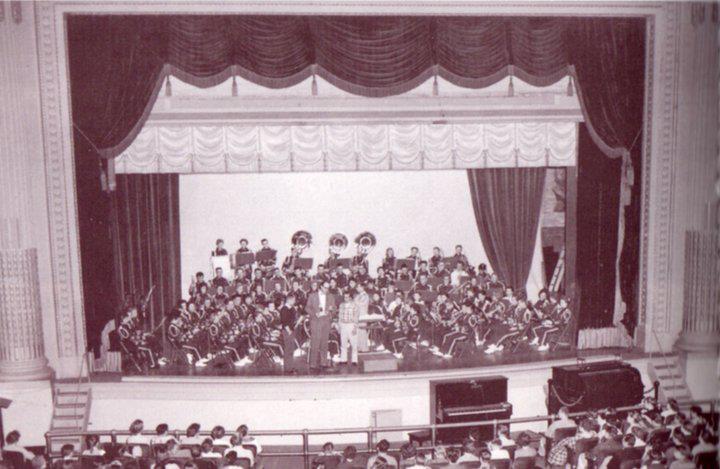 |
Hibbing High School AuditoriumBand concert, 1959. Bob's friends Bill Marinac and Larry Fabbro are band members. The famous Steinway Grand Bob used is not on view but he must have played this upright on occasion. Note to the right of the upright piano the famous 1923 Barton Theatre Organ! |
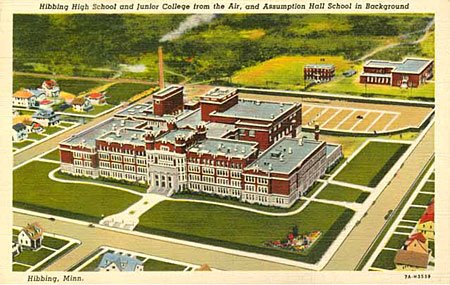
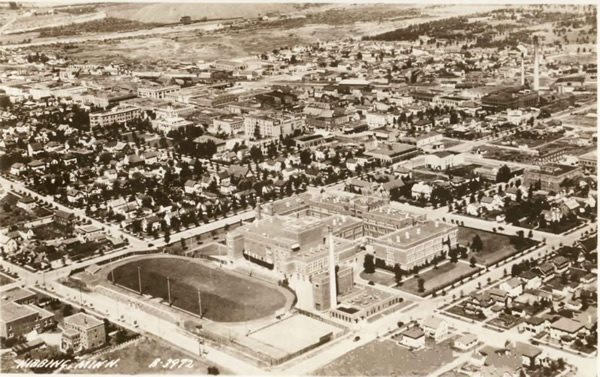
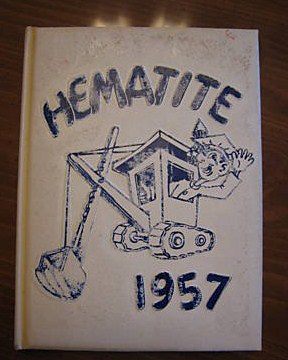
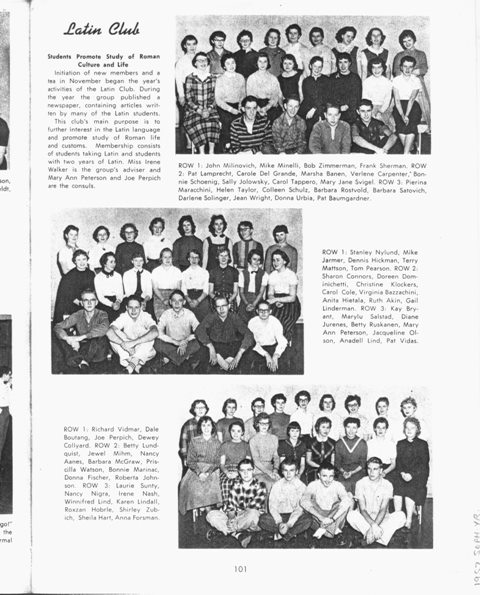
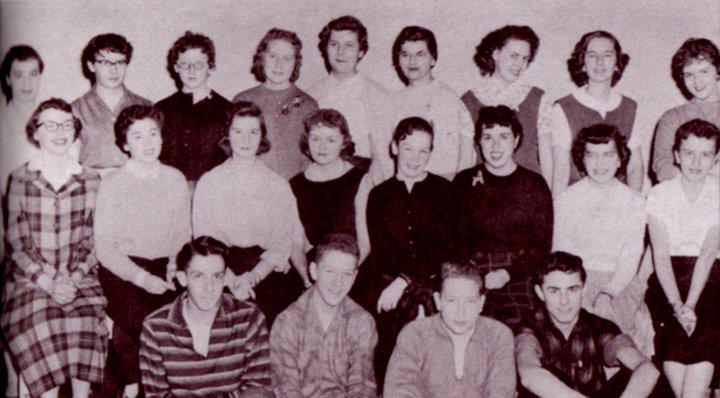
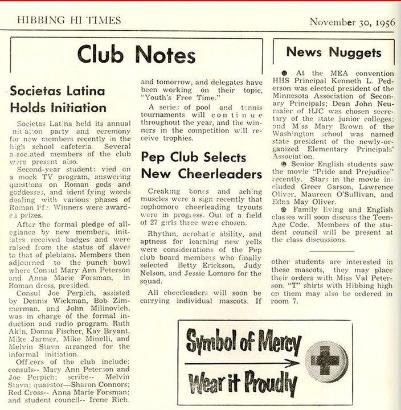
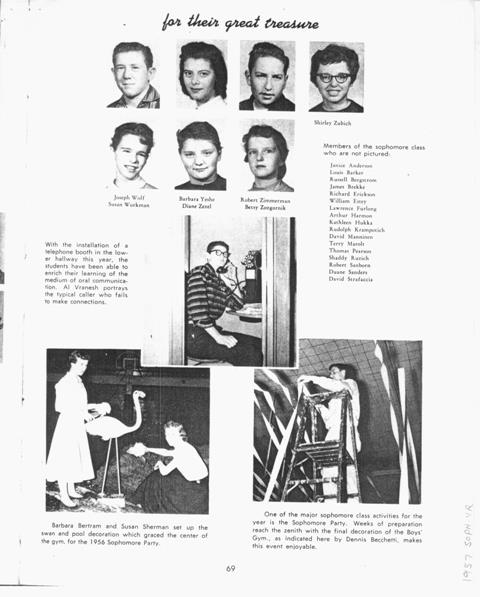
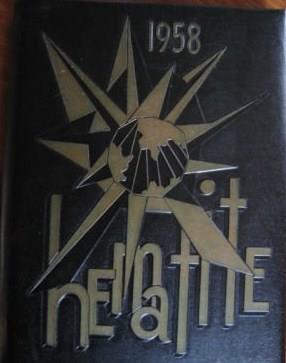
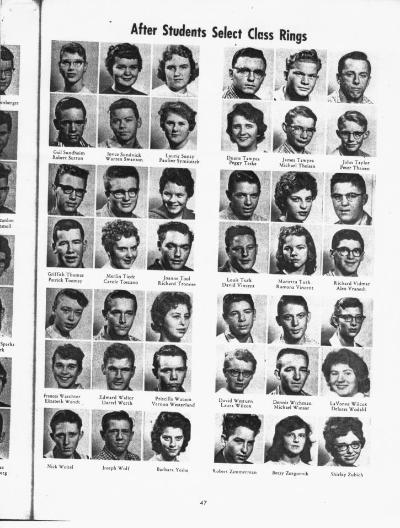



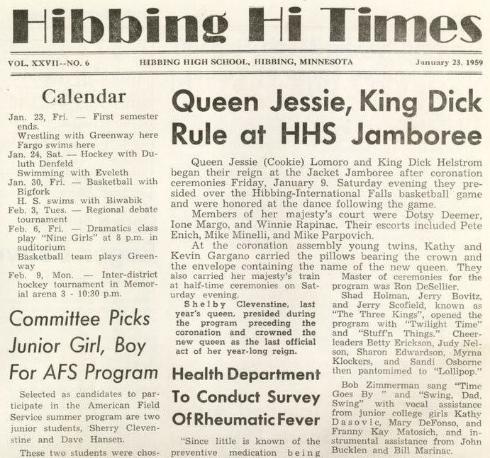
|
Hibbing High School aerial viewAbe, Bob's father, went to a striking high school too, Central High School, Duluth.
Hibbing High School aerial view.
Cover of 1957 Yearbook - HematiteThe yearbook Hematite is older than the school, it is a continuation of the Lincoln High School yearbook Hematite from before the town was moved. Hematite is the mineral form of iron(III) oxide (Fe2O3), one of several iron oxides. Hematite crystallizes in the rhombohedral system, and it has the same crystal structure as ilmenite and corundum. Hematite and ilmenite form a complete solid solution at temperatures above 950 °C. Hematite is a mineral, colored black to steel or silver-gray, brown to reddish brown, or red. It is mined as the main ore of iron. Varieties include kidney ore, martite (pseudomorphs after magnetite), iron rose and specularite (specular hematite). While the forms of hematite vary, they all have a rust-red streak. Hematite is harder than pure iron, but much more brittle. Huge deposits of hematite are found in banded iron formations. Hematite is present in the waste tailings of iron mines. A process, magnetation, uses huge magnets to glean waste hematite from old mine tailings in Minnesota's vast Mesabi Range iron district. Iron ores are rocks and minerals from which metallic iron can be economically extracted. The ores are usually rich in iron oxides and vary in colour from dark grey, bright yellow, deep purple, to rusty red. The iron itself is usually found in the form of magnetite (Fe3O4), hematite (Fe2O3), goethite, limonite or siderite. Hematite is also known as "natural ore". The name refers to the early years of mining, when certain hematite ores contained 66% iron and could be fed directly into blast furnaces. Iron ore is the raw material used to make pig iron, which is one of the main raw materials to make steel. 98% of the mined iron ore is used to make steel.
Yearbook 1957Latin Club, page 101.
Latin Club.Source photograph.
Cunning Linguist? Societas LatinasHibbing Hi-Times, 30 November 1956Bob Dylan elegit clava cum maxime mulieres!
Yearbook 1957, page 69.
Cover of 1958 YearbookHematite
Yearbook 1958, page 47.
Cover of 1959 YearbookHematite
Yearbook 1959, page 76.Ambition: to join "Little Richard" In the second extant recording we have of Dylan, made informally in his home in 1958, the first song of the four recorded, and the only one to capture such an early Robert Zimmerman composition, was called ‘Hey Little Richard’; the third song was Richard’s ‘Jenny Jenny’. -- Latin Club 2. Social Studies Club 4. Alvin G Johnson Anita A Hietala Anthony J Petrick Barb Evanson Barb Maras Barb Steele Barb Yeshe Bea Rodgers Bette J Ruskanen Beverly C Stimac Beverly Gunderson Beverly Leppanen Bob Sanborn Bonnie Marinac Brenda Marshall Carla A Siekkinen Carol J Salmi Carole M Toscano Christine Klockers Cole Carole Connie Jerman Dave Buzzelli Dave Manninen David C Rian David Mattson Dennis Keller Dianne D Mattson Dick G Helstrom Dick G Helstrom Don S Crea Donna C Fischer Dotsy Deemer Dwane H Hemenway Earl Hyatt Ed Walior Edward S Mansfield Fran Jerkovich Frank A Sherman Frank J Catani Gail A Linderman Gail A Rosenberger Gail Marinac Gary Johnsrud Gayle Collier Gayle K Stevens George D Andria Gerald Bergsrud Gloria J Gargano Harry I Clark IIona Lehto Ione Margo Jackie Olson James A Monson Jane M Anderson Jean A Gardiepy Jean Berklich Jeffery MacLeod Jerry Marinucci Jessie Lomoro Jim Brekke Joanne L Tool John C Frankson John F Fillman John Hulstrand Joyce Hernesman Joyce Sundvick Judith A Hendrickson Judy Nelson Karen Lindall Kathleen Bergerson Kathy Clark Kay M Bryant Keith Johnson Ken Raukar Kenneth D Kerr Kenneth Mihelich Laura Wilcox Laurie A Sunty Lawrence J Furlong Lee Harry LeRoy Hoikkala Leroy R Lund Lois M Dilla Loretta Moe Louis R Turk Luke Davich Mana Peterson Margaret K Loe Margaret M Hrovat Marietta Turk Marlene R Scanlon Martha L Lyman Mary Jo Sullivan Melvin J Stavn Mervin Olson Michael F Theisen Michael P Minelli Mick Dwyer Nancy Aanes Nancy G Nigra Nancy Hardy Nancy L Edwards Nancy Stavn Pat Brady Pat Ryan Patricia A Butorac Patti Gersich Peggy Teske Phylis J Stensland Richard Carlson Richard I Erickson Richard L Skog Richard Vidmar Robert A Zimmerman Robert J Steichen Robert L Sutton Roberta H Johnson Roberta Martinetto Ron Desellier Ron Ogren Ronald D Dilley Ruth Akin Sandra J McHale Shaddie Holman Sharon Beasy Sharon K Lobland Sheldon F Berganini Shirley A Zubich Sophie Arabanos Stephen LeDoux Thomas S Chanak Tom Philipich Tom Ray Pearson Victor C Lauhala Virginia M. Bazzachini Wallace C Sundberg Warren W Swanson Winnifred M Rapinac Note: Dick Kangas was in the class of 1957
Yearbook 1959"Dear Winnie, I guess this is the last day we'll see Miss Barron. Too bad huh, don't you wish she'd follow us thru the rest of our lives and guide us. That'd be great. Good luck to you an' your boyfriend. A classmate, Bob Z." Notice that his pen ran out of ink!
Time Goes By Swing Dad Swing
|
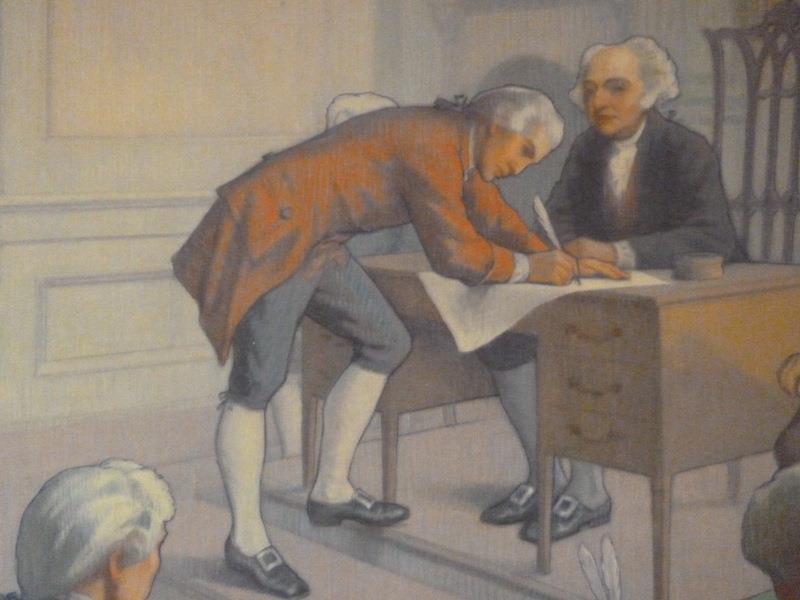

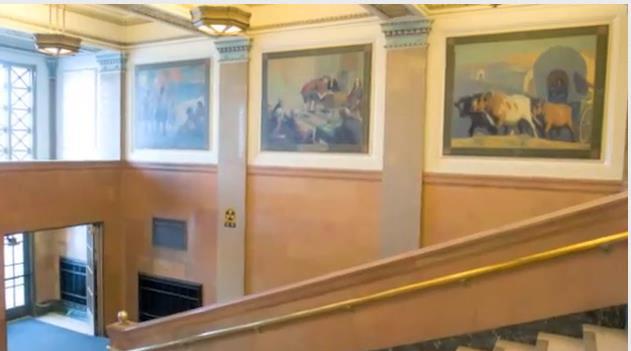
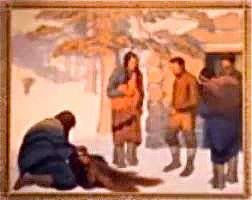


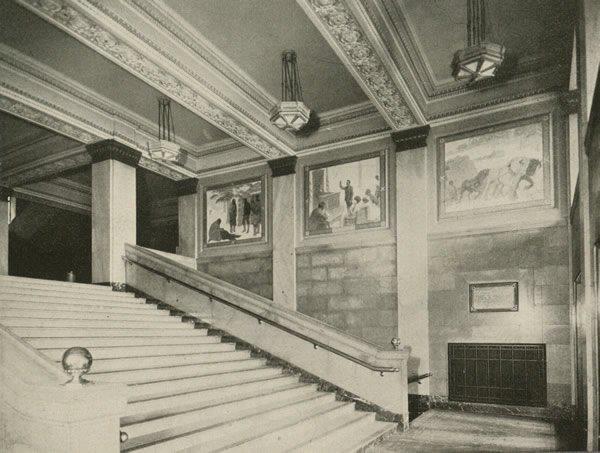
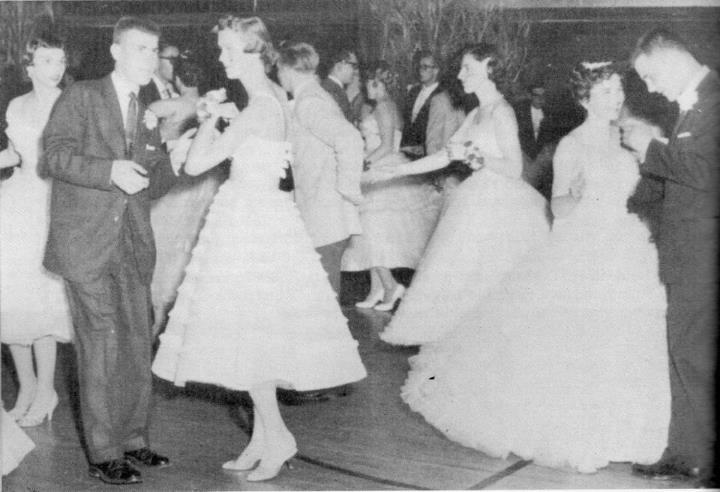
| Signing the Declaration of IndependenceDavid Ericson 1922/23 One of the six large oil paintings in the Hibbing High School entrance. The commission from Hibbing High School for these six mural-sized canvases of American and local history paid him $9,000.00 in 1923, and Ericson promptly left for an extended residence in France.
An ox cart with pioneersDavid Ericson 1922/23
Viewed from the stairs: Columbus landing, Signing the Declaration of Independence and An ox cart with pioneers.
Fur trading
Swearing Allegiance to the United States David Ericson 1922/23
Lumbering in Minnesota
Viewed from the stairs: Fur trading, Swearing Allegiance to the United States and Lumbering in Minnesota.
|
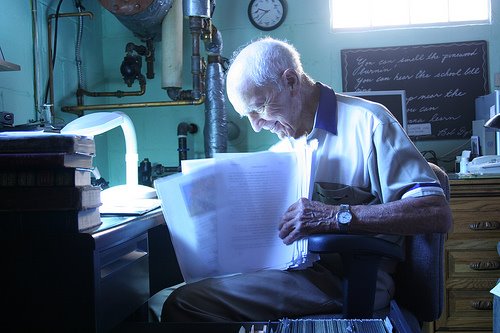
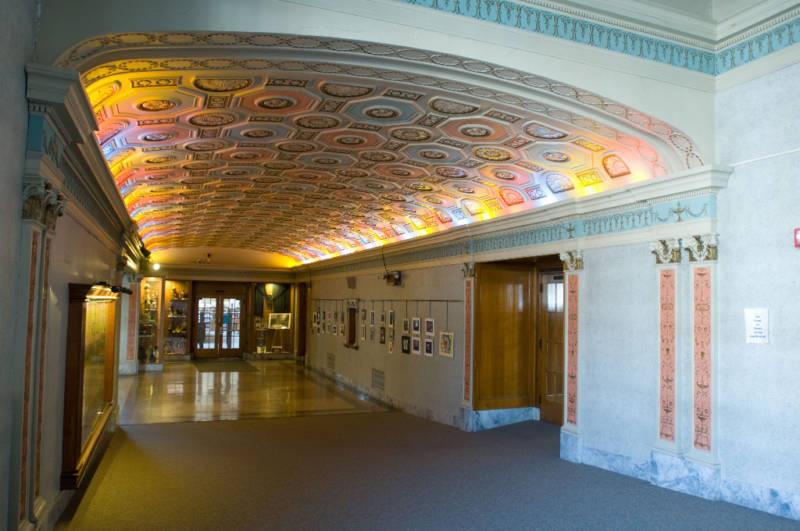
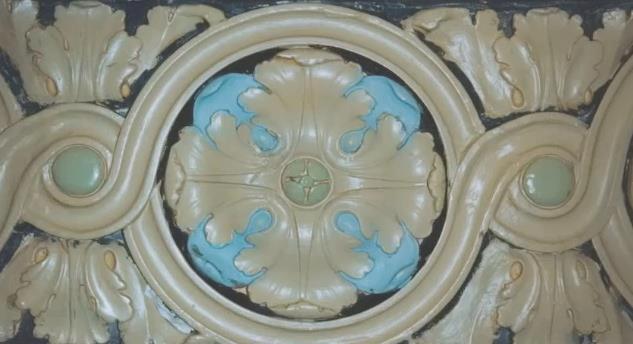
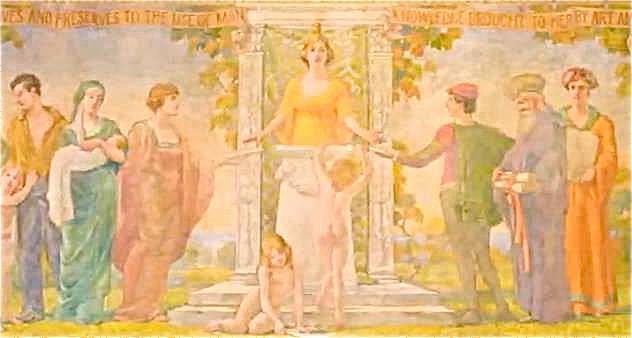
| Boniface Joseph Rolfzen (1923-29)"Poetry is musical thought." B.J. Rolfzen was Bob Zimmerman's high school English teacher for two years. B.J. describes Bob in his class. “Robert was shy. I can see him coming through the door of classroom 204. I remember it distinctly because he was always doing the same thing. He always came in to class alone. He always sat in the same chair, three seats from the door in the first row. Right under my nose for two years.” “I have expectations for all my students, because they all worked hard. It is impossible to predict what will happen to people. Human nature is so unpredictable and that is the pleasure of being human because you never know what is going to happen to you. You might become a Bob Dylan. You might become a Shakespeare. You might become a B.J. Rolfzen.”
Hibbing High School corridor ceiling, lit.
Ceiling moulding created with horsehair covered in plaster.
Dawn Twilight WisdomClarence C. Rosenkranz (1871-1959) Wisdom receives and preserves to the use of man knowledge brought to her by art and industry. The Duluth artist Clarence Rosenkranz created a seven-panel mural for the North Hibbing Library. The mural "Genius of Minnesota" represents the industries, resources and interests of Minnesota. The murals were removed from the North Hibbing Library when the building was torn down, and were restored by the Hibbing Historical Society. Three of the panels are on display at the Hibbing Public Library. The others are on display at Hibbing High School and the First Bank Minnesota. In Greek religion and mythology, Athena (Ἀθηνᾶ) is the goddess of wisdom and protector of the city of Athens. She also symbolizes courage, inspiration, civilization, law and justice, just warfare, mathematics, strength, strategy, the arts, crafts, and skill.
|
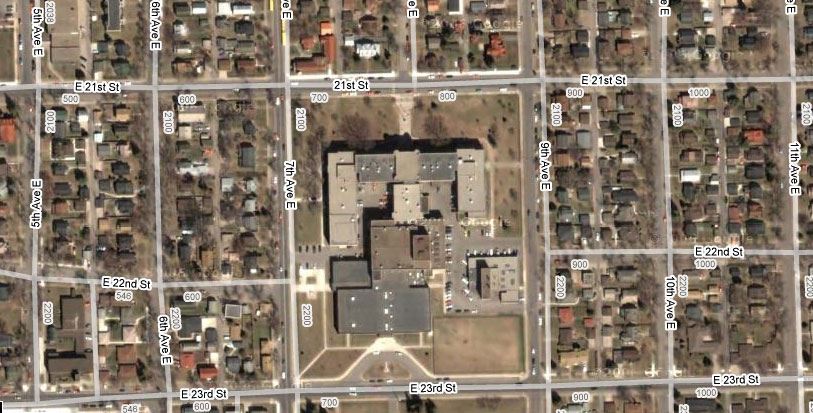
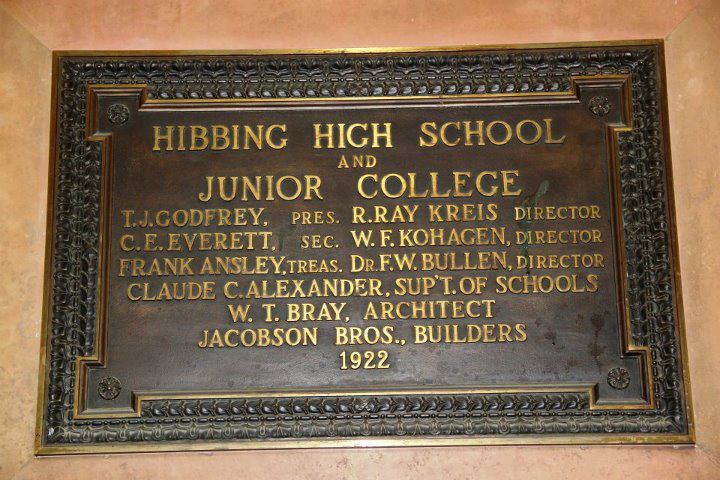 | Hibbing High School is not small, covering four city blocks ...
Hibbing High School |